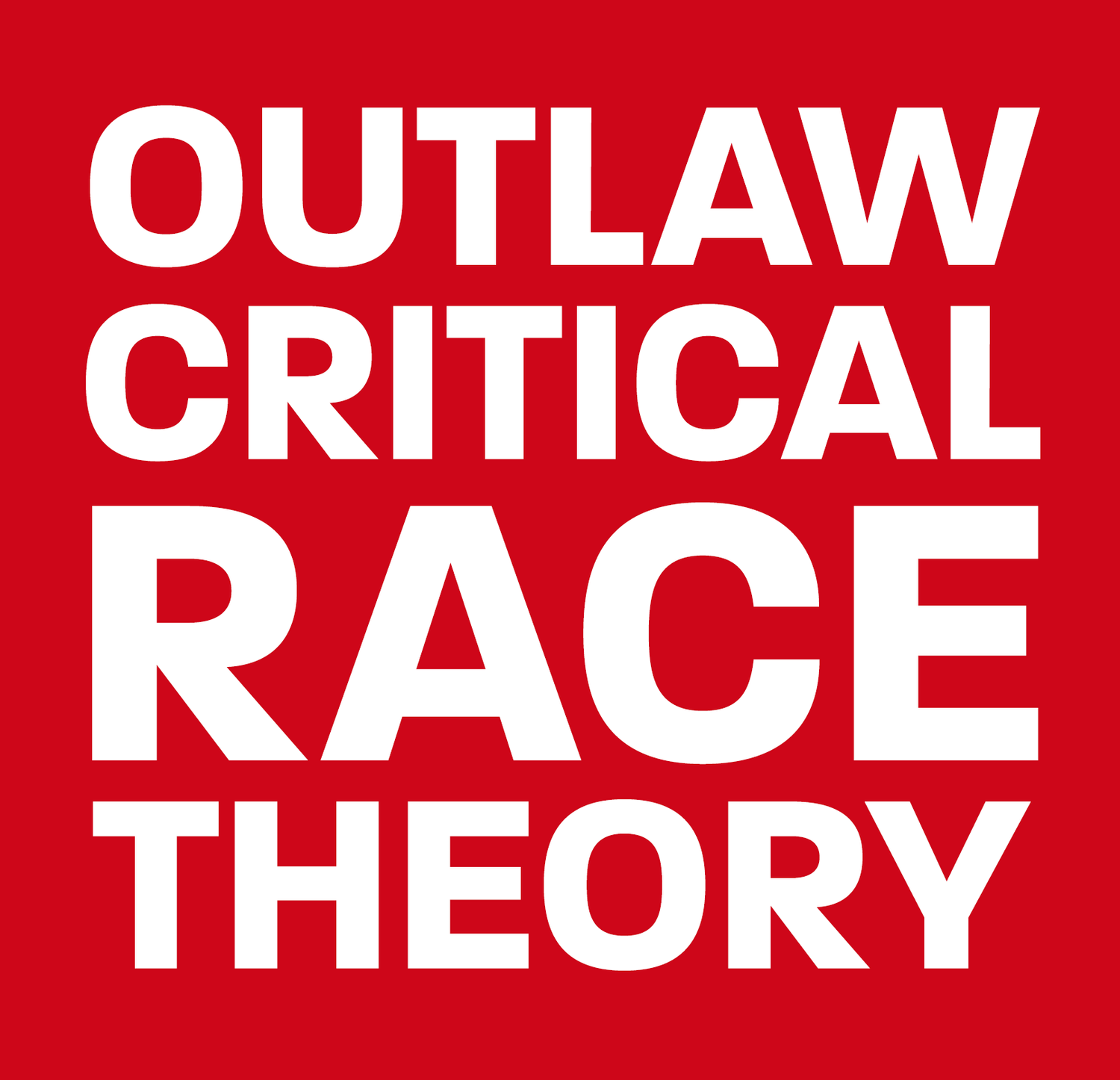School Administrators ‘Worm Around’ Laws Banning Critical Race Theory, Undercover Videos Reveal
Originally Published on The National Review
As the intra-right debate over anti–critical race theory laws continues, new evidence has emerged to support the notion that the laws are toothless because ultimately teachers in the classrooms decide what is taught.
In key Republican-dominated states across the country, the sentiment among school-district officials is that the CRT bans don’t affect them, according to a compilation of undercover interviews recorded in Idaho and Tennessee by Accuracy in Media (AIM), a conservative watchdog group.
Melissa Langan, the Van Buren Elementary School principal and now the chief academic officer of the Caldwell School District in western Idaho, told Adam Guillette of AIM that her district circumvented the state’s law by simply renaming certain aspects of their curricula. “Social-emotional learning,” which opponents of CRT have identified as a Trojan horse for racialized instruction, was rebranded under the seemingly innocuous title of “behavior adaptations.”
“I just went to a superintendent’s meeting last week and the district was intending to switch out social-emotional learning to ‘behavior adaptations.’ Changed the label, same stuff,” Langan said. “And I thought, it’s kind of a bummer they have to do that, but at the time I thought it was kind of brilliant. Because they don’t care about this even though it’s the same as this. But it’s the label. So, I thought it was brilliant on their part.”
When Guillette asked, “Why can’t we just do stuff like that with critical race theory?” she replied, “I agree.”
Langan and the Caldwell School District did not immediately respond to request for comment.
On the outskirts of Boise, Nampa School District seems to have similarly adapted. Cindy Dion, the district instructional coach, told Guillette that faculty also changed their phrasing to circumvent the state’s law, which bars publicly funded K–12 schools, colleges, and universities from compelling students to subscribe to the tenets of CRT.
“Social-emotional learning, we can’t say that here anymore. It’s mental health . . . We already had a big blowup with that. So, it’s just, you know, our mental-health curriculum,” she said. “So, we’re trying to make that transition to, you know, no we’re not doing social-emotional learning. It’s all mental health. It’s just all the different words you have to use and of course we don’t do CRT. We don’t.”
“We’re just learning how to worm around all of those weird things out there,” Dion added.
When Guillette asked, “So this dumb new law doesn’t mess with you guys?” she responded, “Not yet, no.” Dion and the Nampa School District did not respond to a request for comment.
In terms of introducing progressive racial concepts, Dion recognized that, technically, the 1619 Project, the New York Times’ radical reimagining of American history as defined in every way by racism, has been banned for use as learning material in Idaho. “There’s just been a lot of pushback on that. So, we’ve had to say, right now we can’t,” she said.
When the other interviewer with AIM began to ask, “Can you use other sources that have the same concepts but —” Guillette responded with “don’t have that name?”
She answered, “We do. And so, like, we have access to, the company is called Newsela.”
“Explore the roots of slavery in the U.S. and its lasting impact on race, culture, opportunity and identity via The 1619 Project and Newsela,” the company advertised on Twitter in August 2020.
The 1619 Project and Newsela also collaborated in September 2020 to launch Quizlet, a “free, digital library of educational materials on the history of systemic racism and other forms of oppression in the U.S.”
Amy Vagnier, the assistant director of Maryville City Schools in Tennessee, told AIM during a hidden-camera interview that Newsela is used by some teachers in her district.
“Are you familiar with Newsela?” the AIM interviewer asked….

